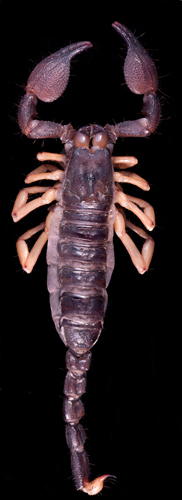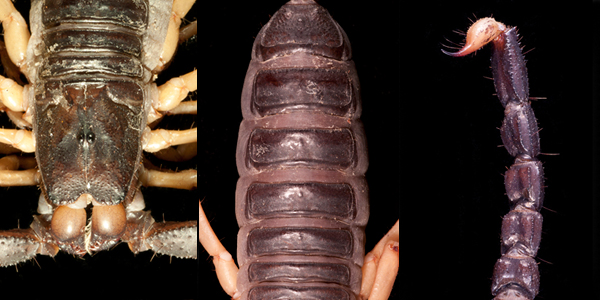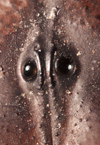 Scorpion
Scorpion
In our world there are about two thousand species of scorpion; existing in places British Columbia to Brazilian forests. The exact species of this scorpion is unknown. Scorpions are closely related to spiders and are members of the Arachnidan class. Of the two thousand species, only thirty to forty actually have enough venom to kill a person, otherwise they use their venom to kill their prey.
The diet of a scorpion consists of many different insects. When food is difficult to find the scorpion has the ability to slow its metabolism. This allows the scorpion to live off of a very minimal amount of insects as well as other necessary elements for survival. Scorpions have adapted to be able to live in the harshest conditions ranging from cold to hot. The only thing scorpions require is loose soil to burrow in as a form of shelter as well as a safe haven for the scorpion.
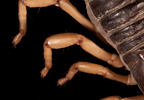 Anatomy
Anatomy
The scorpion anatomy is composed of two body segments, four legs to each side, the tail and stinger, as well as their claws. The first body segment is the cephalothorax: the head region including the claws, mouth, eyes, and four pairs of legs. The pedipalp is the claw that the scorpion uses to immobilize its prey, for self-defense, and for sensing environmental factors.
Mesosoma is used to refer to the abdomen. The Abdomen houses all of the scorpions' organs. The metasoma, or tail contains the stinger or telson and the anus. Within the telson there are venom glands and the barb, which actually punctures to inject venom.
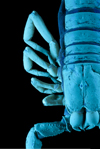 Fluorescence
Fluorescence
Scientists have found many interesting things out about different species of scorpions. However one of the most intriguing things they have found is that scorpions fluoresce under an ultra violet light source. To see this one could simply place the scorpion, use a hand held black light as their light source directed at the scorpion and see it glow.

Photographing Techniques
In order to acquire all the normal light images, I used two fiber optic light sources diffused by a plastic covering. The light was directed at the scorpion from either side to ensure an even illumination. To create a simple background that could be replicated for consistency, I used black velvet throughout all the images. The Fluorescence images were taken in the same style with black lights on either side.
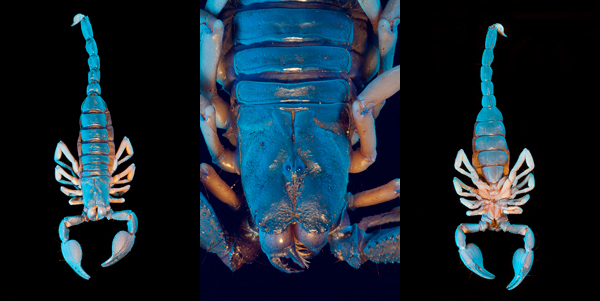
The images above were taken with both black light and fiber optics. The black lights were positioned on either side with the fiber optics coming from above. Images like these are considered to be mixed lighting.
